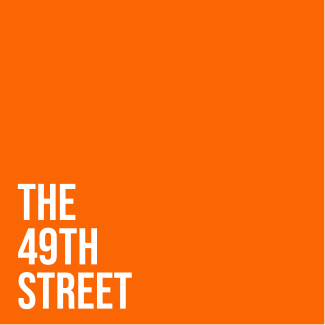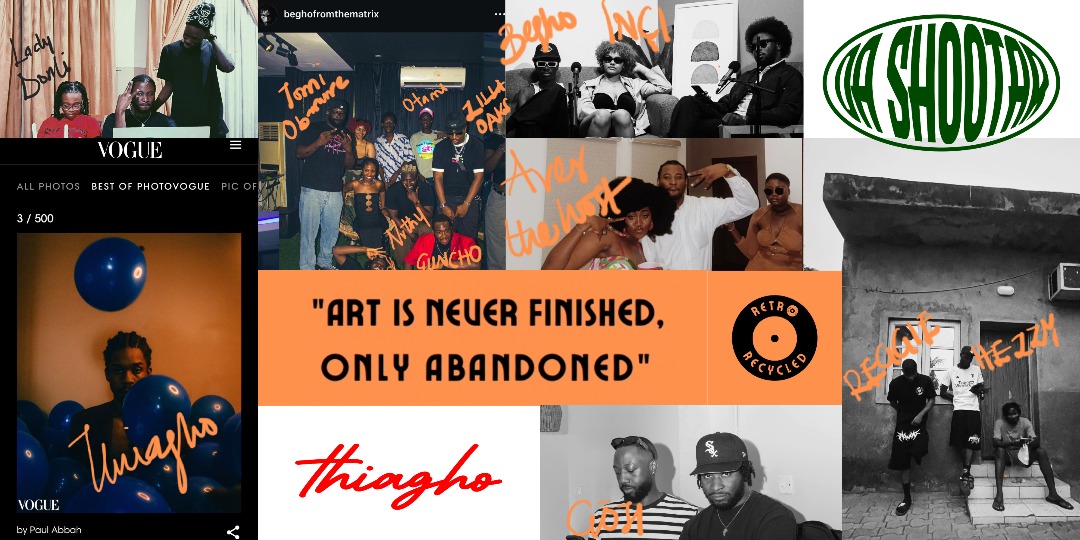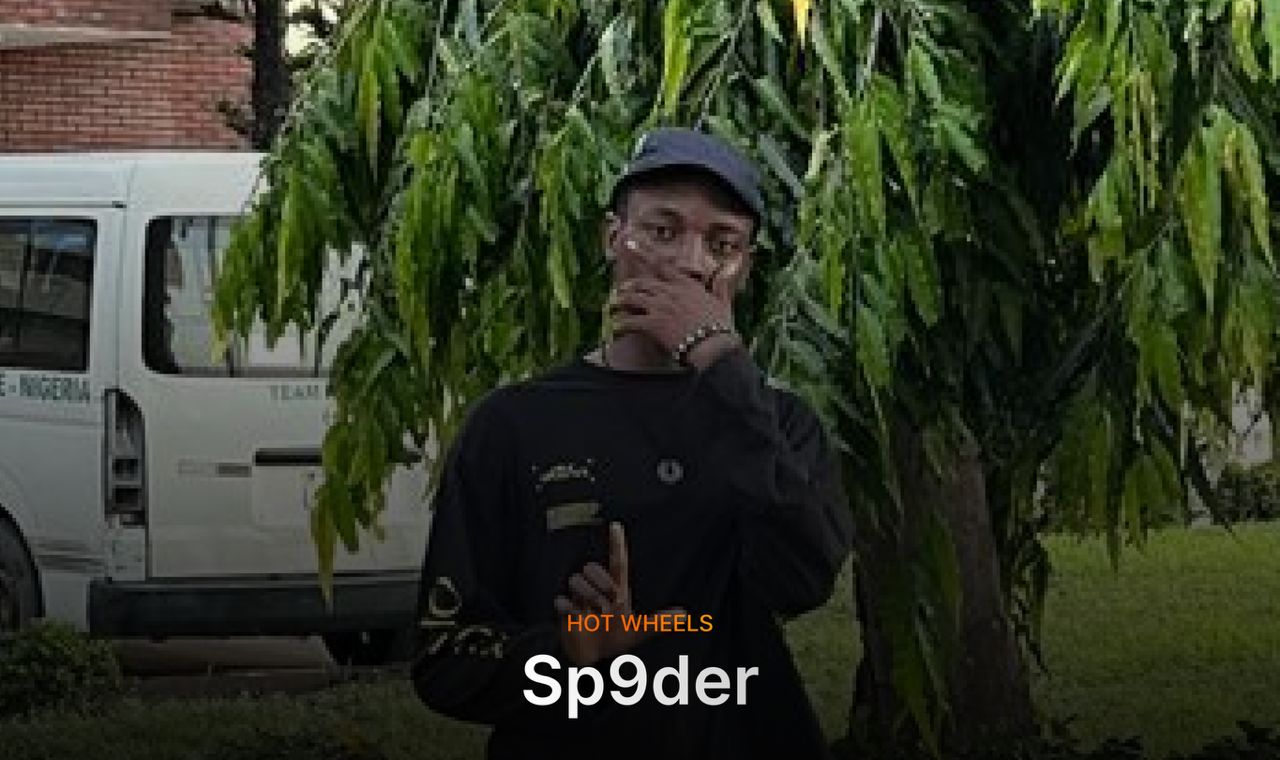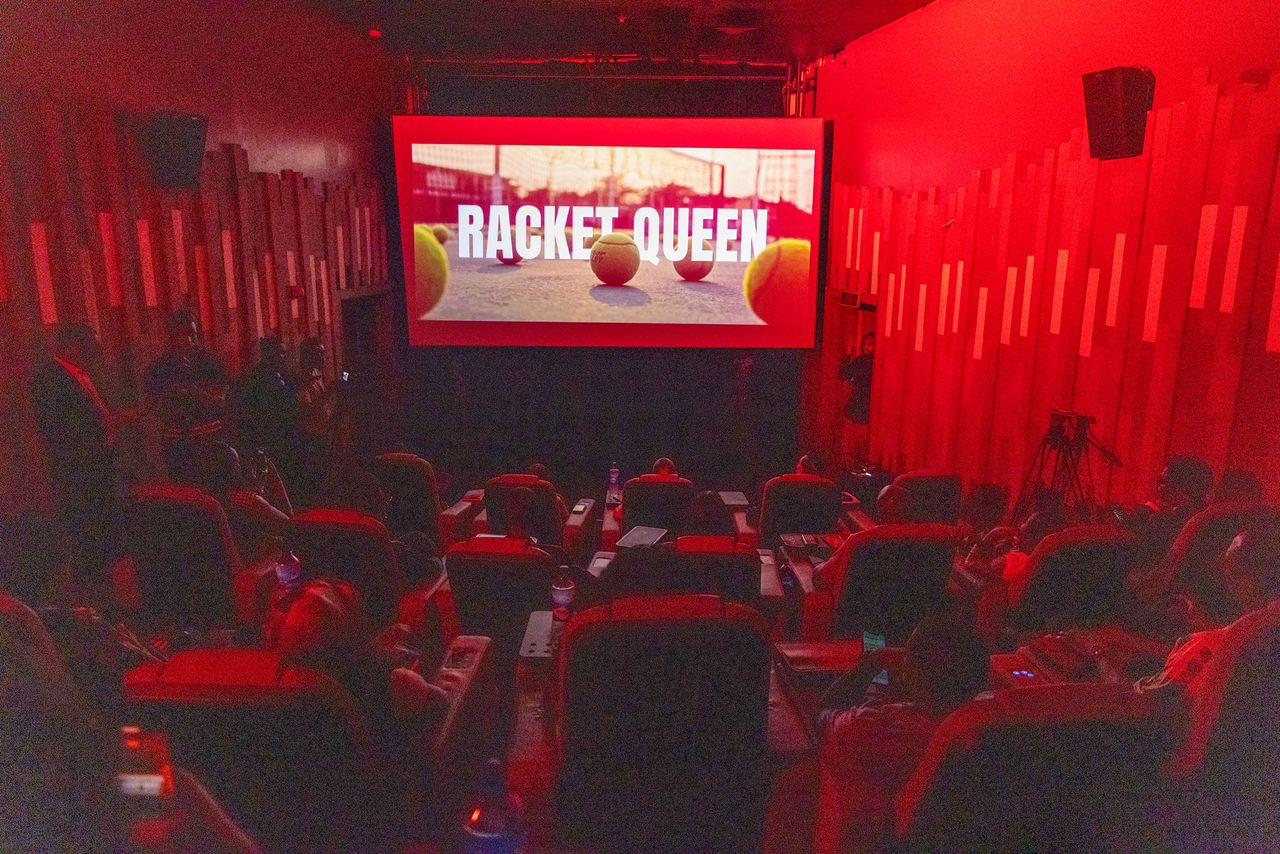By Kene
A dive into the middle-belt entertainment space – through the lens of Kene’s Yard
On certain afternoons between Jabi and Kado, when the light bent just right through the stairwell, something stirred inside the pale yellow house people would come to call Kene’s Yard. It didn’t look like much. Five bedrooms, white trim, harmattan dust clinging to the air. But inside, portions of the Abuja underground scene were reshaping itself. No press features. No pre-rollouts. Just demos spilling from someone’s phone, laughter folding over edits, rented cameras capturing frames no one planned.
There was no mission. Just presence. And that was enough.
In a city like Abuja that’s often cast in the shadow of Lagos’ cultural hyperactivity, the Yard made space for the kind of stillness that breeds clarity. While Lagos demanded performance, Abuja allowed a pause. And in that pause, something potent took root.
The house adjusted to the moment. The elevated living room became a listening post. The cavernous downstairs, mostly unfurnished, served as everything from a shoot set to a sound lab. The pantry, albeit plain and forgettable, accidentally framed a portrait of Thiagho by Kota that later landed in Vogue. It wasn’t staged. But like most things that happened here, it resonated far beyond what was expected.
People moved in and out without a schedule. You might walk into a full-on rehearsal or recording session. Or you might sit through a day so still you could hear a generator two houses down. If the energy called, you stayed. If it didn’t, you left. That rhythm, soft, responsive, non-performative, was the architecture.
One of the earliest sparks came in 2022 with the From the Matrix shoot. Kota is again behind the lens. Thiagho leading. It wasn’t planned to be a turning point, but it quietly widened the circle. Around the same time, Kota’s photo of Thiagho in the pantry surfaced as one of Vogue’s Pictures of the Day. The house hadn’t asked for attention. But it arrived anyway.
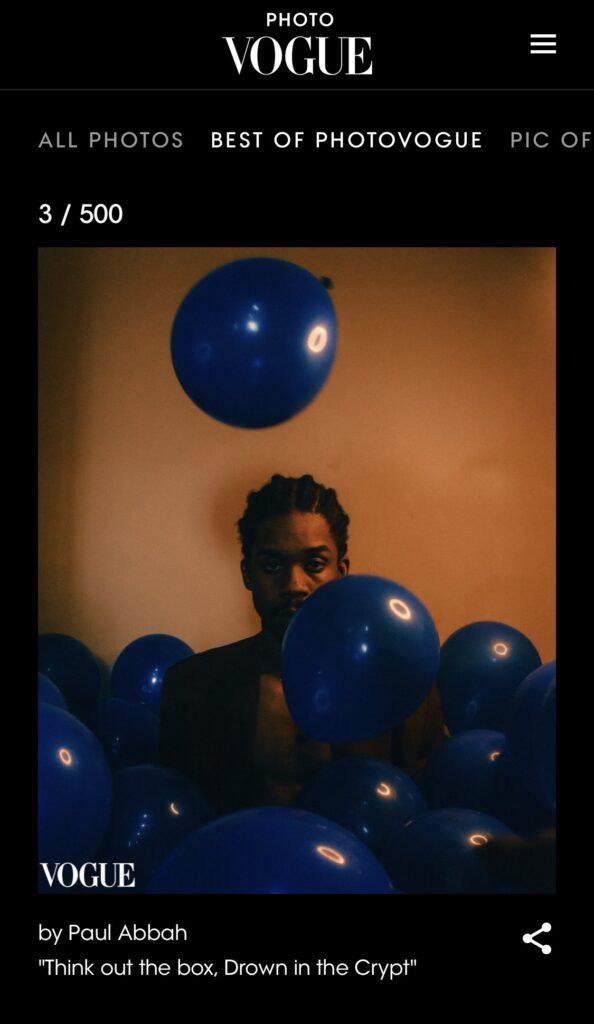
Thiagho, photographed by Kota in the pantry on Vogue
Around that same period, the current shifted. A few weeks away from Abuja, and I was back in Lagos, needing to catch my breath. That’s when Of the Buj began to take form. Duns and I didn’t over-architect it; it moved like a live wire; format-flexible, crowd-aware, venue agnostic. The collaboration was real, but our directions eventually split. Still, the ethos stuck: responsiveness, improvisation, the absence of gatekeeping.
Retro Recycled was already murmuring in my head. A reflex I had to patterns in music samples echoing across eras. Lagos gave it a name. But it was what had been happening at the Yard that gave it purpose.
By the time I returned to Abuja in early 2023, the momentum had shifted again. The house wasn’t just where things happened. It was where I had become part of what was happening. Thiagho had grown into something focused, still curious, but ready for structure. I stepped in to help manage the chaos. From there, things accelerated. First Thiagho. Then, Begho and Inçi. Then GŌJI. Management wasn’t the plan, but the work called, and I followed.
That same year, the DBINCB project (Don’t Bother I’m Not Coming Back) took shape. Begho and Inçi, synced in pace and vision, turned demos into statements. The Listening Experience before its release was dim-lit and hushed, almost fragile in its focus. The rooftop show that followed the release felt like something cracked open, proof that what we were building held its own gravity.
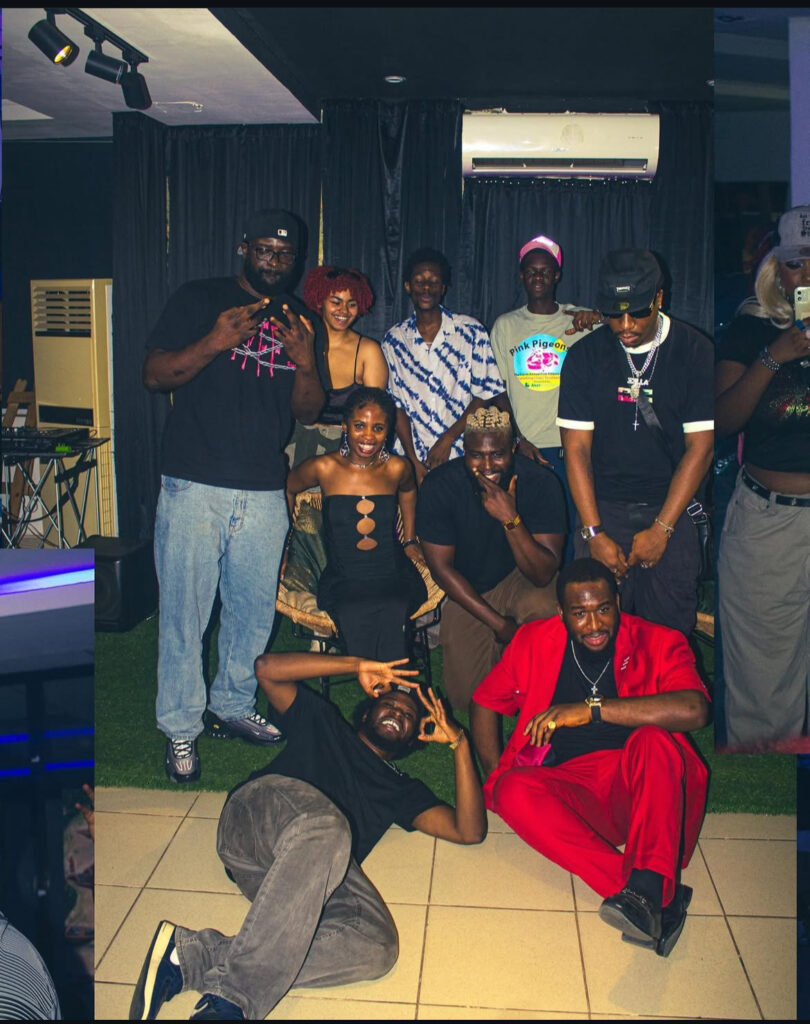
The Listening Experience, October 2023
At the centre of this lived constellation were the Core Six. Thiagho: anchor, lens, and sometimes subject. A photographer first, then something more. Kelz, who set the initial tone before moving on to carve cultural space in Enugu with the New Yam Festival. Inçi and Begho were collaborators whose DBINCB synergy epitomized the Yard’s experimental spirit. Hezzy, the visual presence behind much of the styling, often pulling directly from my closet. GŌJI (formerly S’BLING), who added a sonic backbone and whose work brought around the house acts like First Klaz, Tomi Obanure, Tobi with the Wave, and Jess ETA.
There was also Brum3h, the closest thing to a Core Seventh, who engineered sessions, anchored soundchecks, and performed at the DBINCB rooftop show. And Ray the Boffin, ever-present genius, is helping in scattered but essential ways.
The Yard, on different occasions, also hosted culturally significant names such as Chinasa Anukam, when we worked on an episode of her Is This Seat Taken? series in collaboration with Nativeland, bridging the house to wider Nigerian media culture. Tomi Obanure, a longtime established figure on the scene, recorded part of his next project inside those walls. First Klaz, vibrant and rising, came to remix Gen-Z Fuji, which eventually never got a release date. There was also Twelve, an if-you-know-you-know name whose impact on Nigeria’s sound is undeniable; close to the core, always around, never quite working but always essential for the positive, contagious energy.
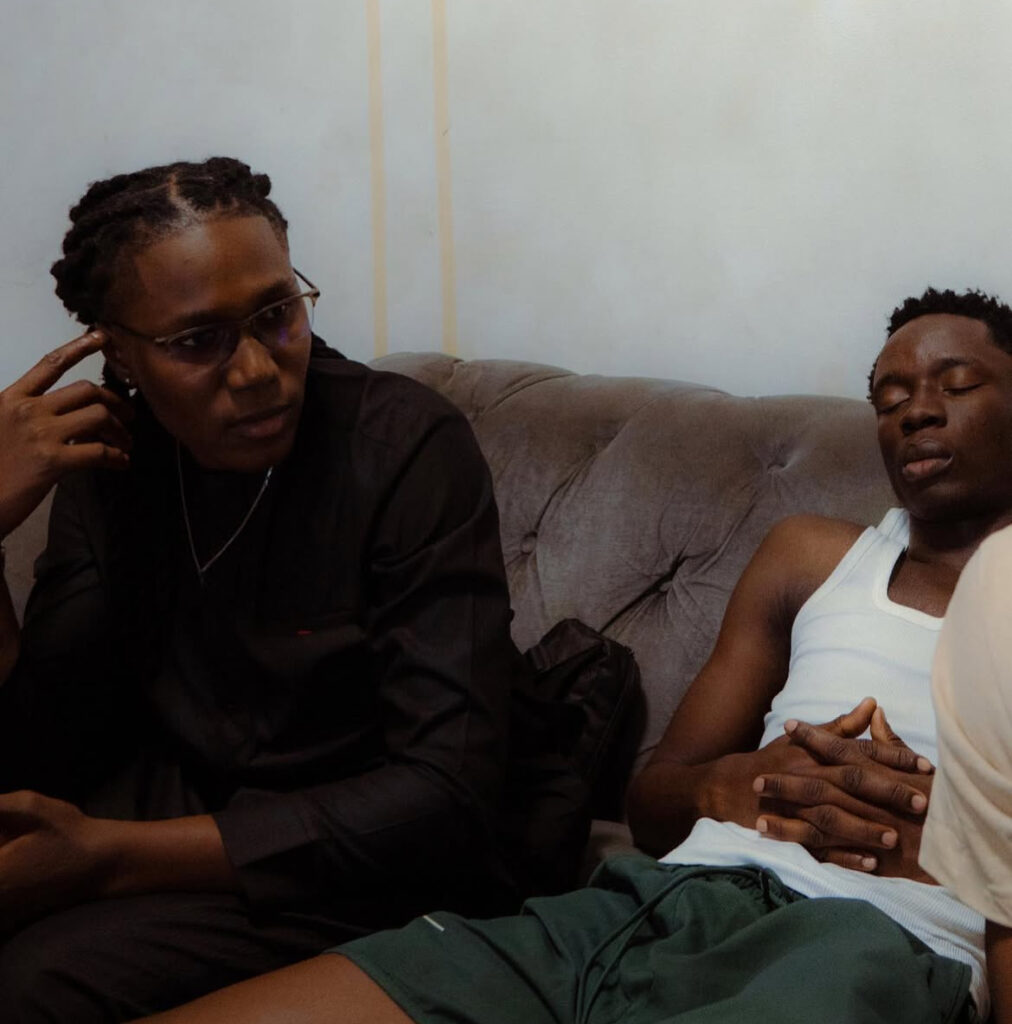
First Klaz at the Yard, rehearsing for the Gen-Z Fuji remix that never dropped
And it didn’t stop there, to mention some but certainly not all, the house held fingerprints from everyone: Jaye, young prodigy, a constant fixture toward the tail end of 2024. Lobi, Ufedo. Reggie (co-founder of Popwave), bridging fashion and presence. Tripster, a visual hand in the early moments. Melanathed Goth, the tattoo artist whose needle touched multiple Core Six bodies. Mansah, whose early connection helped spark links that would ripple outward. And names like Denise, David Akuete, ADK, Ayakeme Abasi (Keme, founder of GEAE LUMI), and Aver the Host. Each leaving something small but memorable behind.
By 2024, the energy had begun to shift. People moved. The house softened. But what it had built didn’t vanish. The Yard didn’t need to persist to prove its value. It had already become a kind of blueprint for how a house becomes a scene, and how a scene makes a city feel seen.
The story here isn’t about big breaks or viral moments. It’s about holding space, documenting memory, and knowing when to step back. If the Yard taught anything, it’s that you don’t need permission to take your world seriously.
You just need to catch it while it’s still yours.
